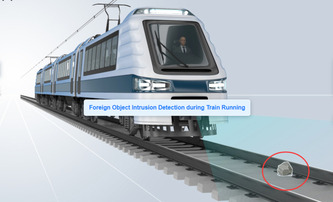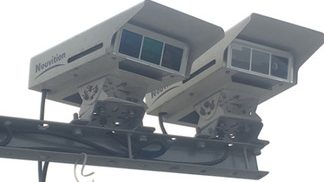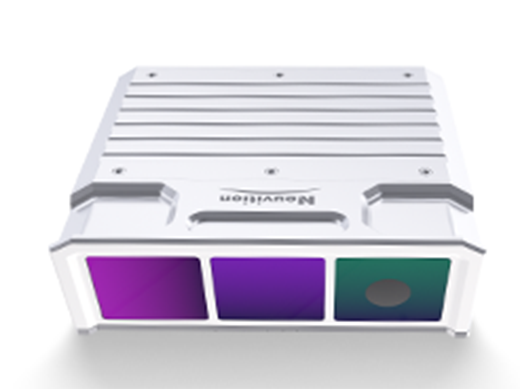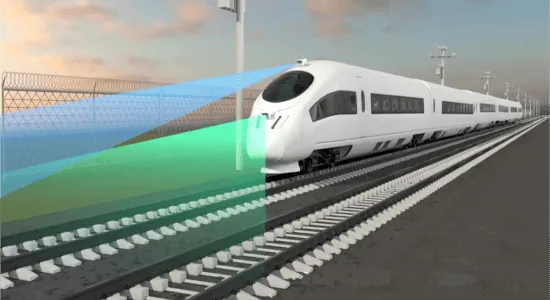
What is Collision Avoidance Drone
A collision avoidance drone is a type of unmanned aerial vehicle (UAV) equipped with sensors and technology that allow it to detect obstacles in its flight path and autonomously navigate around them to avoid collisions. These drones are designed to enhance safety and prevent accidents by providing an extra layer of protection against potential hazards such as buildings, trees, or other drones. By using advanced algorithms and real-time data processing, collision avoidance drones can make split-second decisions to change course and maintain a safe distance from obstacles. Overall, these drones play a crucial role in ensuring the safe operation of UAVs in various industries, including photography, agriculture, and surveillance.
Why Collision Avoidance Drone
A Collision Avoidance Drone is an essential tool for ensuring the safety and efficiency of drone operations. By utilizing advanced sensors and algorithms, these drones are able to detect and avoid obstacles in their flight path, reducing the risk of accidents and collisions. This technology is particularly important in crowded or complex environments, such as urban areas or construction sites, where there may be a higher likelihood of encountering obstacles. Overall, Collision Avoidance Drones help to protect both people and property, making them a valuable asset for any drone operator.


Recent Technology Development of Collision Avoidance Drone
Recent technology developments in collision avoidance drones have revolutionized the way these unmanned aerial vehicles operate. Advanced sensors, such as LiDAR and radar, are now being integrated into drone systems to provide real-time detection of obstacles and potential collisions. These sensors work in conjunction with sophisticated algorithms that enable drones to autonomously navigate around obstacles and maintain a safe distance from other objects in their flight path. This technology not only enhances the safety of drone operations but also opens up new possibilities for applications in various industries, including agriculture, construction, and emergency response. In summary, the recent advancements in collision avoidance technology for drones have significantly improved their capabilities and reliability, making them more versatile and efficient tools for a wide range of tasks.
Applications of Collision Avoidance Drone
Collision avoidance drones are becoming increasingly popular in various industries due to their ability to navigate and avoid obstacles autonomously. These drones are commonly used in agriculture for crop monitoring, spraying, and mapping fields without the risk of collisions. In construction, collision avoidance drones can be utilized for site inspections and monitoring progress safely. Additionally, these drones are employed in search and rescue missions, surveillance, and infrastructure inspection tasks. Overall, collision avoidance drones enhance efficiency, safety, and productivity in a wide range of applications. Brief Answer: Collision avoidance drones are utilized in agriculture, construction, search and rescue missions, surveillance, and infrastructure inspection tasks to enhance efficiency, safety, and productivity.

Neuvition Collision Avoidance Systems for Railway
Our collision avoidance systems for railway are designed to enhance safety and prevent accidents on rail tracks. By combining our state-of-the-art LiDAR sensors with advanced software algorithms, we offer the following advantages:
Advantage
- Accurate detection and identification of obstacles in front of trains
- Real-time warning alerts to prevent collisions
- Integration with cameras and other sensors for comprehensive situational awareness
- Customizable solutions to meet specific railway requirements

Neuvition Collision Avoidance Systems for Automotive
Our collision avoidance systems for automotive applications are designed to improve road safety and enable autonomous driving capabilities. We offer the following benefits with our integrated LiDAR, Radar, and Camera solutions.
Advantage
- 360-degree detection and tracking of surrounding objects
- Advanced object recognition and classification
- Real-time decision-making for collision avoidance
- Seamless integration with existing vehicle systems

FAQ








Contact Us
If you have any questions or suggestions, please leave a message, we will get in touch with you within 24 hours!
